

Terpenes in Weed: Delving into the World of Aromatic Compounds
Over 200 terpenes have been discovered in the cannabis plant, contributing to its distinct aromas and also flavors. A 2021 study found that terpenes demonstrated very anti-inflammatory, antioxidant, analgesic, anti-seizure, and also anti-anxiety properties in the lab analysis. With the growing interest and legalization of cannabis products, understanding the role of these intriguing compounds is more important than ever.
The nuanced interactions between terpenes, the major cannabinoids, and also other plant elements are still being unraveled. But scientists believe the terpenes play a very major role.
As we delve further into the complex chemistry and biology of terpenes in weed in this blog, we’ll uncover a lot about what gives this plant its distinctive charm through the lens of aromatic compounds found in it.
Let's explore!
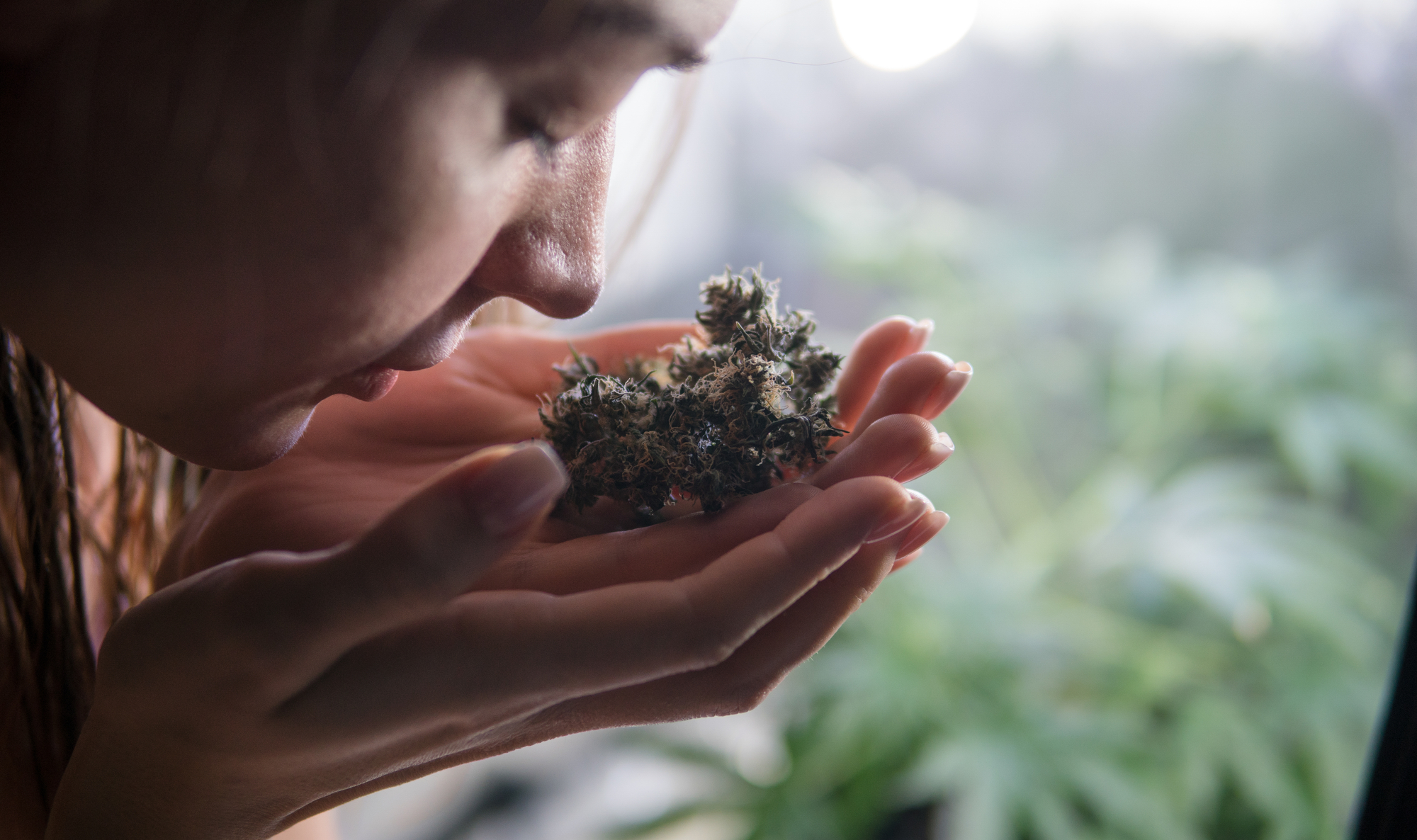
What are Terpenes?
Terpenes are organic compounds that various plants produce and even some insects. They're responsible for the scents and flavors in nature, from the zesty smell of a lemon to the earthy aroma of pine needles.
In cannabis, terpenes play a significant role in the plant's overall profile, offering a spectrum of scents and savors, from the sweet and fruity to the skunky and pungent.
When isolated, terpenes are very volatile compounds and can evaporate easily, which is why you can experience their distinct odors so readily. They're synthesized in cannabis's resin glands and stored alongside cannabinoids like THC and CBD.
Together, they create the unique character of each strain.
Where are Terpenes Located in Marijuana Plants?
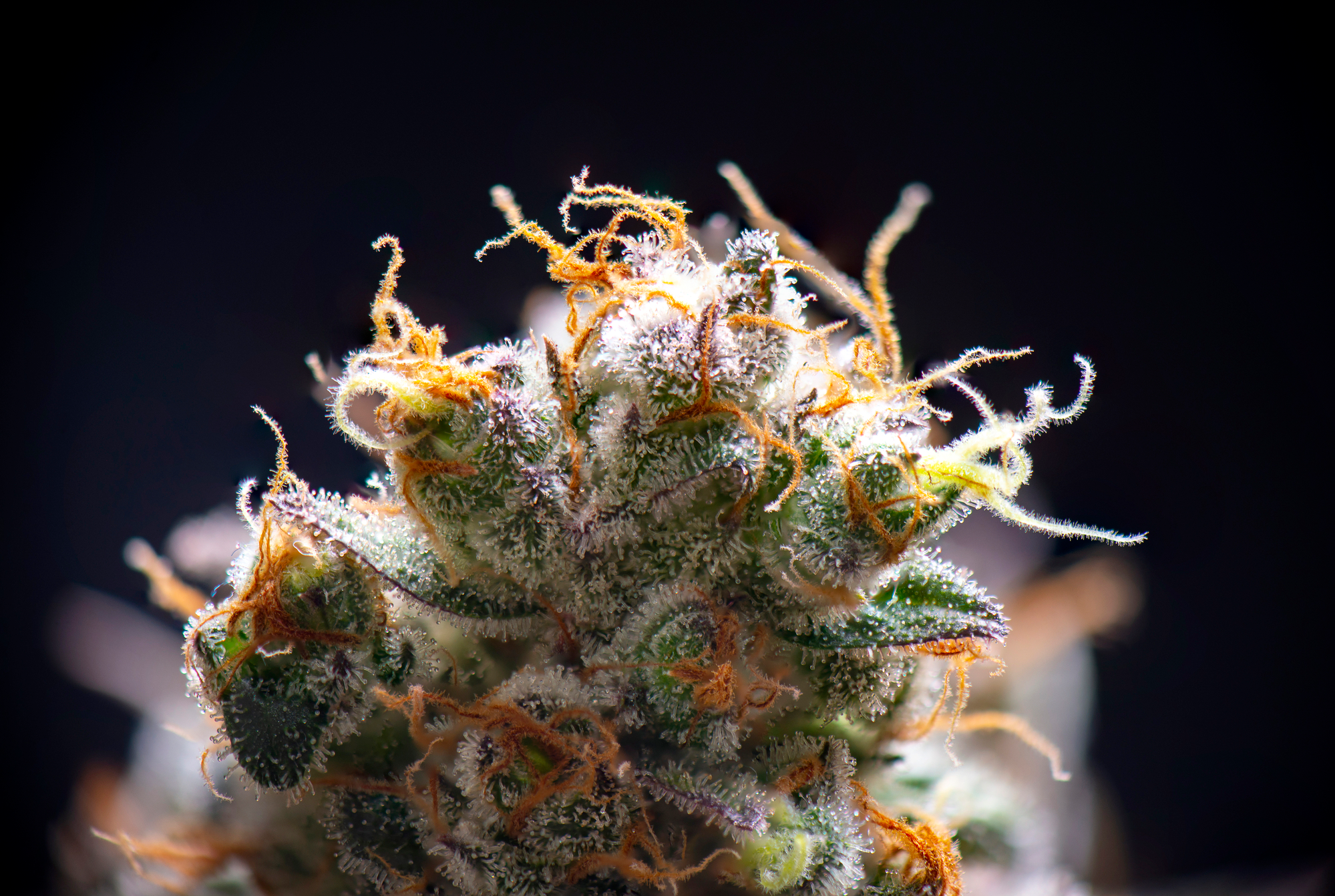
Terpenes are commonly found in trichomes, which are small, sticky structures that can be seen on the surfaces of flowers, and sometimes on leaves and stems. Trichomes are responsible for producing various plant compounds, including terpenoids.
Terpenoids are synthesized by isoprenes within the trichome structure itself. Although the molecular scale of terpenes is too minute to be observed without assistance, trichomes are visually distinct and can be readily observed on the surface of flowers.
What are Cannabinoids?
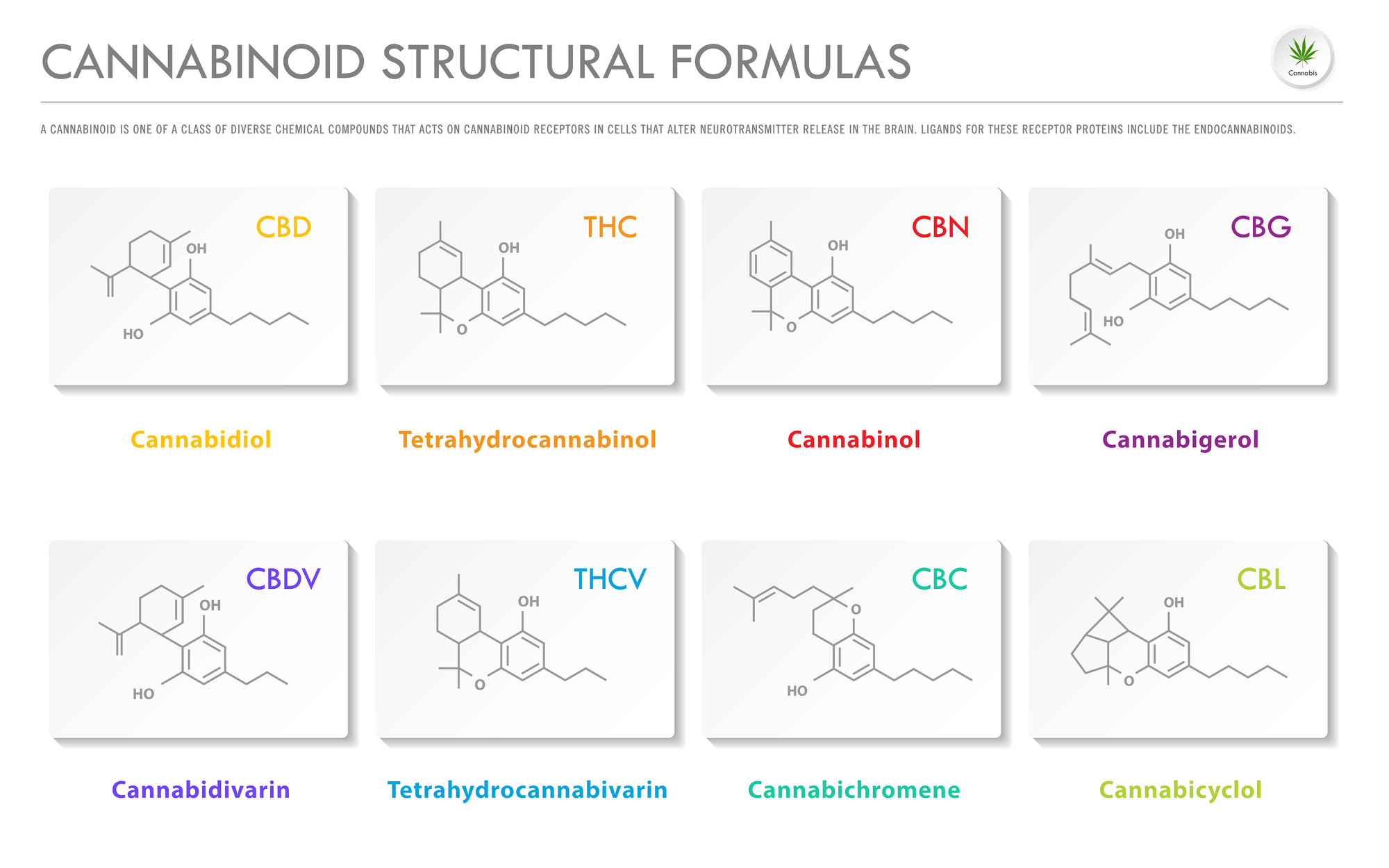
Cannabinoids are a class of chemical compounds that are found in the cannabis plant. They interact with receptors in our bodies to produce psychoactive effects and others, ranging from pain relief to psychoactive experiences. The two most well-known cannabinoids are THC and CBD, but there are over 100 different cannabinoids that have been identified in female cannabis plants so far.
Just like terpenes, cannabinoids also work together in the entourage effect, amplifying each other's effects and providing a more well-rounded experience.
What sets terpenes apart from cannabinoids or flavonoids?
Terpenes, often overshadowed by cannabinoids, play an equally vital role in the overall cannabis experience. While cannabinoids engage with cannabinoid receptors in our body's endocannabinoid system, terpenes possess a unique ability to interact with other receptor systems, including serotonin and dopamine receptors.
Moreover, while flavonoids contribute color and flavor to plants and other compounds, terpenes exhibit a diverse array of functions. Some terpenes serve as natural insect repellents, while others entice pollinators or shield against harmful UV rays.
The Entourage Effect: How Terpenes and Cannabinoids Work Together
The entourage effect is a phenomenon where the combination of cannabinoids and terpenes in cannabis produces an enhanced therapeutic effect compared to using each compound alone. It's believed that terpenes interact with receptors in our bodies, enhancing or modifying the effects of cannabinoids. This is why choosing a strain with the right terpene profile can make a significant difference in your experience.
Additionally, terpenes and cannabinoids may work together to create a synergistic effect, where their combined benefits are even greater than the sum of their individual effects. This further emphasizes the importance of cannabis medicines and using cannabis compounds in their natural form.
Cannabis and Its Importance as a Source of Terpenes
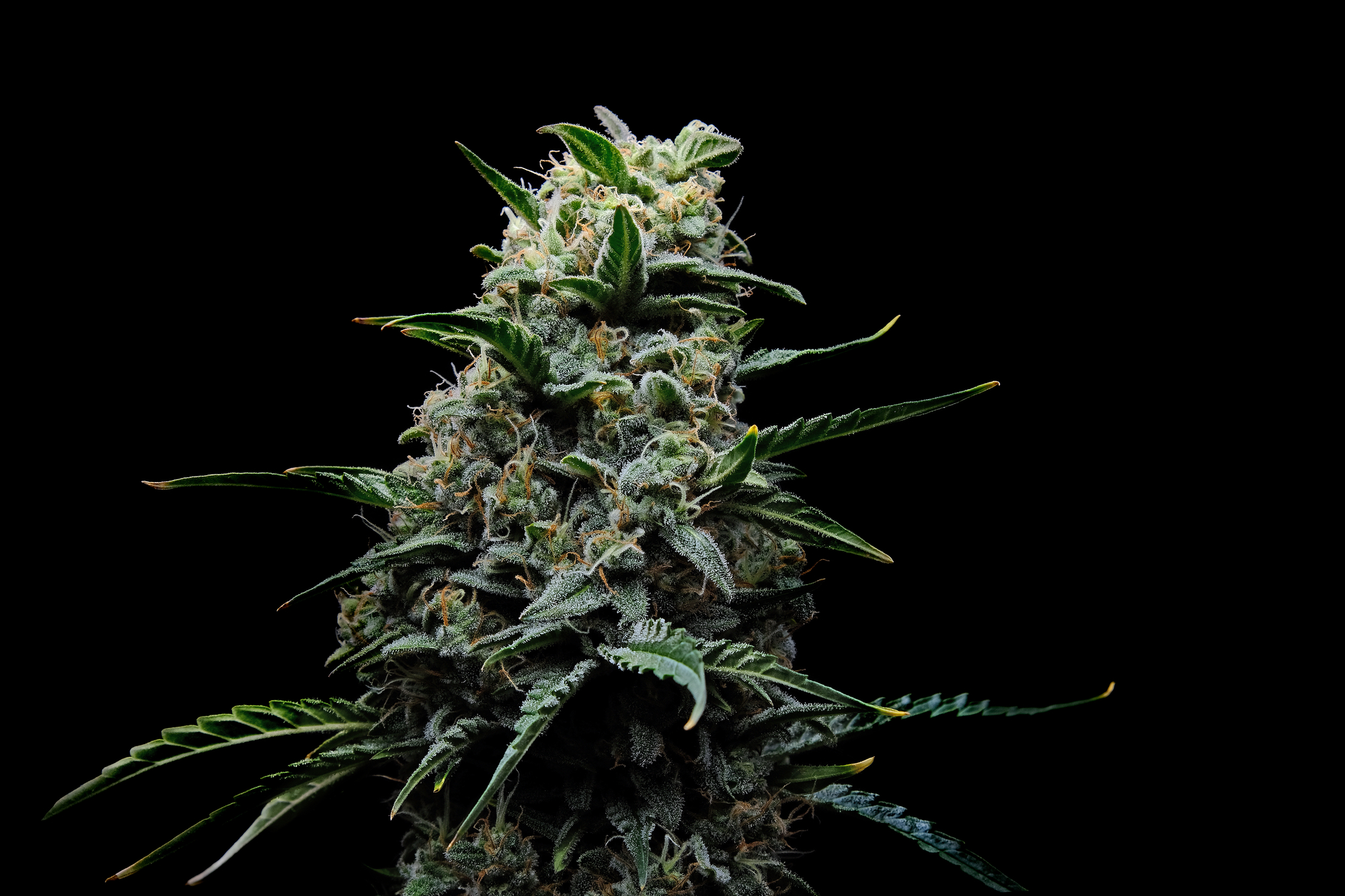
The earliest evidence of cannabis use goes way back to ancient China, where it was mainly used for medicinal purposes. But it wasn't until the 19th century that terpenes in cannabis were first mentioned. That's when French chemist Gaspard Caspar Neuman isolated a compound called "terpene" from turpentine and named it after the Greek word "terebinth," which means turpentine.
Fast forward to the 1960s, a group of researchers at the University of Jerusalem found out that terpenes in cannabis could enhance the effects of cannabinoids, creating what we now know as the entourage effect. Since then, scientists have been digging deep into terpenes and uncovering their potential benefits for a wide range of health conditions.
Terpenes in Cannabis
Cannabis has a complex relationship with terpenes. Each strain is a unique blend of these aromatic compounds, and their presence influences how you perceive and experience your cannabis. They do this by interacting with your body in various ways, mostly through the olfactory and limbic systems. In essence, the various terpenes present in a marijuana strain are what give it its 'personality'.
How to Identify Terpenes
Exploring terpenes in various cannabis products can be a truly rewarding pursuit. Pay attention to factors such as the strain's aroma, texture, and user reviews to gain insights into its terpene composition. Thanks to modern extraction techniques, terpenes can now be isolated, allowing for more precise and personalized, cannabis consumption experiences that showcase their undeniable influence on your senses of smell, taste, and overall sensation.
Can you see terpenes?
No, terpenes are too small to be seen with the naked eye. They can only be observed through specialized equipment such as a microscope or gas chromatography. However, you can see terpenes contribute to experiencing their effects through your senses of smell and taste when consuming cannabis products.
The Most Common Terpenes in Cannabis
There are over 200 different types of terpenes in cannabis, but some are more prevalent than others. Here are a few of the most common terpenes you might come across:
-
Myrcene: The most abundant terpene in cannabis, myrcene is known for its earthy and musky aroma. It's also found in high concentrations in hops, giving beer that familiar smell.
-
Limonene: As the name suggests, limonene has a citrusy scent and is commonly found in lemon or orange peels. In cannabis, it's associated with uplifting and mood-boosting effects.
-
Pinene: As the name implies, pinene has a distinct pine-like aroma and is also found in coniferous trees. It's believed to have anti-inflammatory properties and may help improve focus and memory.
-
Caryophyllene: This spicy terpene is found in black pepper and cloves and has a woody, peppery aroma. It's known for its anti-inflammatory and analgesic effects.
Do terpenes determine Indica or Sativa?
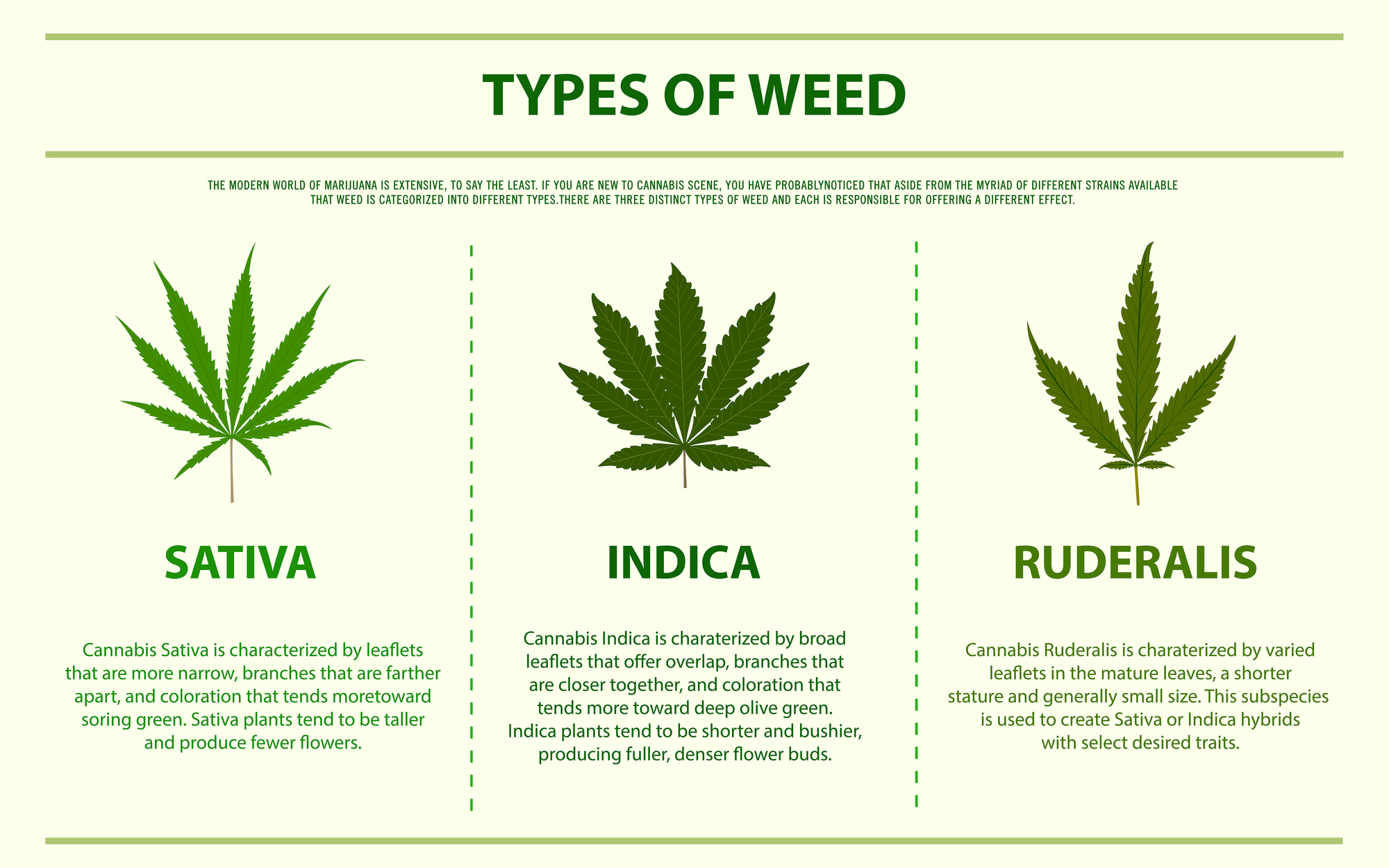
The presence of certain terpenes does not determine whether a strain is an Indica or Sativa. The classification of cannabis into these two categories is primarily based on the plant's physical characteristics and growth patterns. However, specific terpenes may contribute to the overall effects associated with cannabis Indica or Sativa strains. For example, myrcene is thought to be more prevalent in Indica strains, while limonene is associated with cannabis Sativa strains.
Are Terpenes Naturally Occurring in Cannabis?
Yes, terpenes are naturally occurring in cannabis and are responsible for the plant's distinct aromas and flavors. They are produced by the same glands that produce cannabinoids and act as a defense mechanism against predators and pests.
What's The Difference Between Synthetic and Natural Terpenes?
Synthetic terpenes are artificially created and commonly used to enhance the flavor and fragrance of various products. They can also be found in household items like cleaning products, candles, and perfumes. On the other hand, natural terpenes occur organically in plants like cannabis and have not been produced artificially. While synthetic terpenes may imitate natural ones, they might not possess the same therapeutic qualities and medicinal benefits as their natural counterparts. It is always advisable to opt for products containing naturally occurring terpenes for a more genuine and secure experience.
Where Can You Discover Terpenes Beyond Cannabis?
Terpenes, which are aromatic compounds, are not exclusive to cannabis; they can be found in various other plants too, fruits, and herbs. For instance, limonene, known for its citrusy scent, is present in citrus fruits like oranges and lemons. Myrcene, with its earthy and fruity aroma, can be found in mangoes and hops. Additionally, caryophyllene, which has a spicy and woody fragrance, is abundant in black pepper and cloves. It's fascinating to note that these terpenes not only contribute to the distinct smells of these plants but also offer their own unique benefits when consumed from these sources.
Which strains have the highest concentration of terpenes?
The terpene content in cannabis strains can vary significantly, with some having higher concentrations than others. Generally, Indica-dominant strains tend to have higher levels of terpenes due to their shorter flowering cycles. Some notable marijuana strains with high terpene levels include Lemon Haze, Blue Dream, and OG Kush.
Top Cannabis Strains with High Terpene Content

While many strains boast a rich terpene profile, here's a list of some standout varieties known for their high levels of these aromatic compounds:
-
Lemon Haze: Abundant in limonene, this strain offers a refreshing citrus aroma and is prized for its energizing effects.
-
Blue Dream: With a sweet berry smell thanks to its high myrcene and pinene content, Blue Dream is cherished for its balanced full-body relaxation combined with cerebral stimulation.
-
OG Kush: Most cannabis cultivars are rich in myrcene, limonene, and caryophyllene, OG Kush delivers a potent combination of woody and earthy tones along with a complex effect profile.
-
Sour Diesel: Another terpene powerhouse, particularly rich in caryophyllene and myrcene, known for its invigorating and dreamy mental buzz.
-
Granddaddy Purple: Dominated by myrcene, pinene, and caryophyllene, this strain has a complex berry and grape aroma and is associated with deeply calming effects.
-
White Widow: High levels of pinene and myrcene give this strain a fresh, piney aroma and a burst of euphoria, augmented by a sense of deep relaxation.
-
Jack Herer: Named after the cannabis activist, this strain features a spicy, peppery profile with a scent reminiscent of pine contributed by high concentrations of terpinolene, caryophyllene, and pinene.
-
Gelato: A dessert-like aroma with high levels of caryophyllene, limonene, and myrcene, Gelato is famed for inducing a powerful, relaxing yet euphoric high.
-
Girl Scout Cookies (GSC): Featuring caryophyllene, limonene, and humulene, GSC delights with a sweet and earthy aroma and a high that hits both the mind and body.
-
Super Lemon Haze: As limonene-dominant, Super Lemon Haze not only smells like fresh lemon but also provides an energetic and lively high.
What Are the Best Ways To Consume Terpenes?

Terpenes can be consumed in a variety of ways, depending on your preference and desired effects. Here are some popular methods for experiencing the unique flavors and benefits of terpenes:
-
Smoking or vaping: Inhaling cannabis flower or concentrates is one of the most common and direct ways to experience terpenes. When smoking, make sure to use a clean pipe or bong and avoid high temperatures that can degrade the terpenes.
-
Edibles: Terpenes can be infused into food or drinks, allowing for a tasty and discreet way to consume them. However, note that the effects may take longer to kick in compared to smoking or vaping.
-
Topicals: These products are applied directly to the skin and are often infused with terpenes for their potential anti-inflammatory benefits. Topicals may include lotions, balms, or essential oils.
-
Tinctures: A liquid extract of cannabis containing terpenes can be consumed sublingually (under the tongue) for a fast onset of effects without the need for smoking or vaping.
-
Capsules: Similar to edibles, capsules provide a discreet and precise way to consume terpenes and other cannabinoids. They are often preferred for their ease of use and consistent dosing.
-
Dabbing: Using a dab rig or vaporizer, terpene-rich concentrates (such as live resin or rosin) can be consumed for an intense flavor and potency experience.
-
Terpene-enhanced products: Some companies offer terpene-infused products such as flavored pre-rolls, beverages, or even skincare items for a more enjoyable and therapeutic experience.
What is the impact of terpenes on the human body?
Terpenes in weed are believed to have a variety of effects on the human body, ranging from anti-inflammatory and pain-relieving medicinal properties to anti-anxiety and antidepressant effects. Some terpenes, such as myrcene, may even help with sedation and relaxation.
Furthermore, terpenes also play an essential role in modulating the effects of cannabinoids. They can enhance or reduce the effects of THC, making each strain's experience unique.
For example, terpenes like limonene and pinene can counteract the psychoactive effects of THC, while others like caryophyllene can enhance its sedative properties. This delicate interplay between cannabinoids and terpenes highlights the importance of considering both compounds when choosing cannabis for medicinal or recreational use.
Here are some ways terpenes can affect the body and improve our well-being:
-
Anti-inflammatory Properties: Terpenes like pinene and myrcene have shown evidence of reducing inflammation, which can help with conditions like arthritis and Crohn's disease.
-
Pain Relief: Myrcene and linalool are known to have analgesic properties that can help alleviate different types of pain.
-
Sedation and Relaxation: Terpenes like myrcene are recognized for their calming effect, making them helpful for treating insomnia and stress.
-
Anxiety and Depression Relief: Limonene and linalool have the potential to uplift mood and relieve symptoms of anxiety and depression.
-
Enhanced Cognition: Pinene is believed to aid in memory retention and counteract some of the memory deficits associated with THC.
-
Gastrointestinal Support: Some terpenes have been suggested to aid in digestion and soothe gastrointestinal distress.
-
Antibacterial and Antifungal Properties: Terpenes such as limonene and myrcene may contribute to fighting off bacterial and fungal infections.
-
Respiratory Health: Pinene has bronchodilatory effects on humans, which can improve airflow to the lungs and help conditions like asthma.
-
Modulating the Effects of Cannabinoids: Terpenes can enhance or reduce the effects of cannabinoids like THC, making each strain's experience unique.
How Do Terpenes Effect The Brain And Central Nervous System?
Terpenes found in cannabis are believed to interact with various receptors and neurotransmitters in the brain and central nervous system, potentially affecting mood, pain perception, inflammation, and more. For example, cannabis extract limonene has demonstrated its ability to activate serotonin receptors associated with mood and anxiety regulation.
Furthermore, terpenes can synergistically interact with cannabinoids like CBD and THC, creating an "entourage effect." This phenomenon suggests that the combined presence of different cannabinoids and terpenes may have a more profound therapeutic impact compared to any single compound alone.
What do terpenes do for your high?
Terpenes play a vital role in shaping your cannabis experience. They have the power to modify the effects of cannabinoids and influence how you perceive and feel when consuming cannabis. By understanding the terpene profiles of different strains, you can customize your high to suit your specific needs and preferences.
How do terpenes affect your mood?
Terpenes possess the potential to influence both your mood and overall well-being. For instance, terpenes such as limonene and linalool have been associated with heightened feelings of happiness and relaxation, while others like pinene may aid in improving focus and clarity.
Furthermore, numerous cannabis users have reported that specific strains with distinct terpene profiles can amplify their creativity, sociability, and energy levels. By exploring various strains and their unique terpene compositions, you can discover which cannabis plant produces the perfect match for your desired mood and experience.
Are terpenes safe to smoke?
Terpenes are considered safe for consumption, even when inhaled through smoking or vaporizing cannabis. However, it's crucial to purchase products from reputable and licensed dispensaries that provide lab-tested results for their terpene content. This information can help you make informed decisions about which strains and products best suit your needs and preferences.
Moreover, it's important to note that certain individuals may have allergies or sensitivities to specific terpenes. Therefore, paying attention to any adverse reactions when trying new strains, essential oils, or products is of utmost importance. Just like with anything you consume, moderation and responsible use are key. While terpenes offer a world of possibilities in the cannabis experience, it's paramount to consume them safely and responsibly.
What are the side effects of terpenes?
Side effects of terpenes are generally mild and may include dry mouth, red eyes, and increased appetite. However, some individuals may experience allergic reactions or sensitivity to specific terpenes. It's essential to do your research and start with small doses when trying new strains to see how your body reacts.
Conclusion
In our exploration of terpenes in cannabis, we've uncovered their incredible impact on the body and mind. From their therapeutic properties to their ability to tailor the effects and intensity of a high, terpenes are at the core of the cannabis experience. They enrich the plant's fragrance and flavor, enhance the therapeutic potential of cannabinoids, and offer a deeper, more personalized cannabis journey. While caution is advised for those with sensitivities, terpenes largely contribute to the ever-growing appreciation and understanding of cannabis. As research evolves, so too will our grasp of these aromatic compounds, potentially unlocking new applications and benefits for wellness and even medical cannabis use.
Frequently Asked Questions
Q: Can terpenes be used therapeutically?
A: Yes, terpenes have potential therapeutic uses. They have been shown to help with inflammation, pain, anxiety, depression, and more. However, more research is needed to fully understand their therapeutic effects and potential.
Q: Do all cannabis strains contain the same terpenes?
A: No, cannabis strains can vary dramatically in their terpene profiles. This variation is what contributes to their unique aromas, flavors, and effects.
Q: How can I find out the terpene profile of a cannabis strain?
A: Reputable dispensaries often provide lab results that include a strain’s terpene profile. Look for certificates of analysis (COA) that list the terpenes and their concentrations.
Q: Is there a difference between natural and synthetic terpenes?
A: Yes, natural terpenes are extracted from plants, including cannabis, while synthetic terpenes are created in a lab. Natural terpenes are generally preferred for their purity and holistic effects.
Q: Can terpenes intoxicate you like THC?
A: No, terpenes do not have intoxicating effects like THC. However, they can influence the overall effect of a cannabis strain through their interaction with cannabinoids.
Q: Are there any risks to using terpenes?
A: While terpenes are generally safe, they can cause allergic reactions or sensitivities in some individuals. Always start with a small amount to see how you react.
Q: Can I use terpenes in aromatherapy?
A: Yes, some terpenes are used in aromatherapy for their therapeutic scents and potential health benefits.
Q: How do terpenes affect the flavor of cannabis?
A: Terpenes are responsible for the diverse flavors found in many cannabis strains, — from citrusy and fruity to earthy and piney flavors.
Q: Can I add terpenes to my CBD oil?
A: Yes, terpenes can be added to CBD oil to enhance its flavor and potential therapeutic effects. Make sure to use food-grade terpenes and consult a professional for proper dosing.
Q: Will terpenes show up on a drug test?
A: No, terpenes are not typically screened for in drug tests, and they do not have psychoactive properties.
Q: How should terpenes be stored?
A: Terpenes should be stored in a cool, dark place to preserve their integrity. Exposure to light, heat, and air can degrade terpenes over time.
Q: Are there terpenes in hemp products?
A: Yes, hemp contains terpenes similar to those found in other cannabis strains, contributing to its aroma and potential health benefits. Overall, terpenes play a significant role in the cannabis experience and have potential therapeutic benefits.











Leave a comment